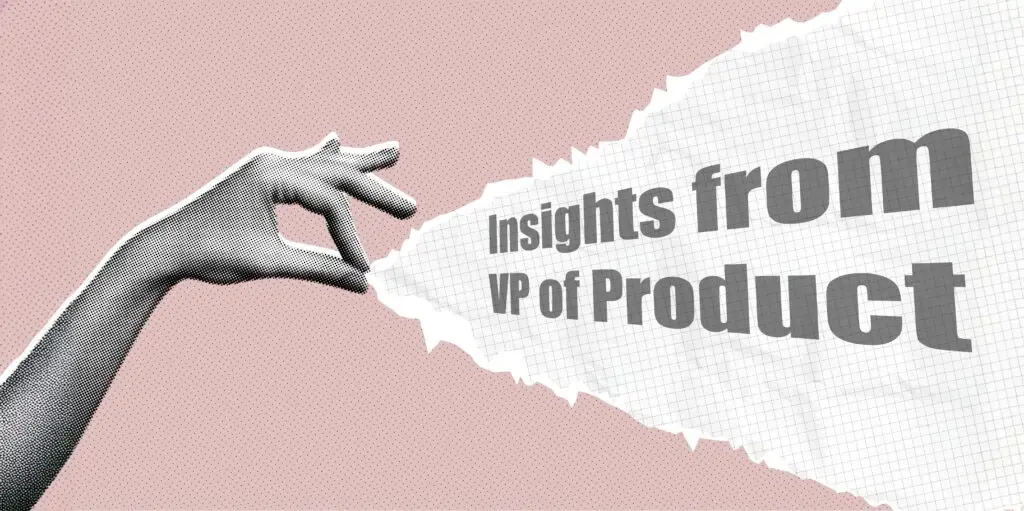Resources
DataMotion Blog
Explore industry trends and statistics with our insightful blog. Stay informed and prepared in today's rapidly evolving digital landscape with expert perspectives.

RAG vs. Fine-Tuning: Why Real-Time AI Outperforms Static Training
Generative AI systems like ChatGPT have revolutionized the way we interact with technology, thanks to their exceptional understanding of language and ability to produce useful responses. However, their effectiveness is limited to the data they have been trained on. That's where Retrieval Augmented Generation (RAG) comes in, offering a solution for leveraging private and dynamic data to enhance AI responses. DataMotion's JenAI Assist, powered by RAG, provides accurate and current information without compromising data privacy. Learn more about how RAG and JenAI Assist can transform customer service and enterprise applications by subscribing to the DataMotion Newsletter or requesting a demo today!

Transforming Case Management in Salesforce: A Secure, Seamless Solution
Managing sensitive customer data is an unavoidable challenge for regulated industries like finance, healthcare, and insurance. Salesforce provides robust tools for case management, but the lack of secure messaging, document exchange, and form submission workflows leaves a significant gap. Without a way to securely handle sensitive information, enterprises are forced to rely on external platforms […]

A Return to the Core: The Power of DataMotion in the Age of Generative AI
As the Head of Product at DataMotion, I’ve been deeply involved in the exciting developments in Generative AI. Our delivery of DataMotion’s JenAI Assist™ has been immensely fulfilling, bringing to life a range of use cases. However, a recent surge in customer inquiries has prompted me to revisit the heart of our business: our core […]

Unlocking the Full Potential of ADT Data Analytics in Healthcare
Admission, discharge, and transfer (ADT) event notifications play a crucial role in care coordination, patient monitoring, and operational efficiency. While many healthcare organizations recognize the value of real-time patient data alerts, managing ADT notifications effectively—particularly across diverse networks—remains a challenge. As the industry evolves, harnessing secure patient data transmission through advanced ADT analytics can provide […]
Stay Informed with Our Newsletter
Subscribe to our newsletter for the latest updates, insights, and industry news.



